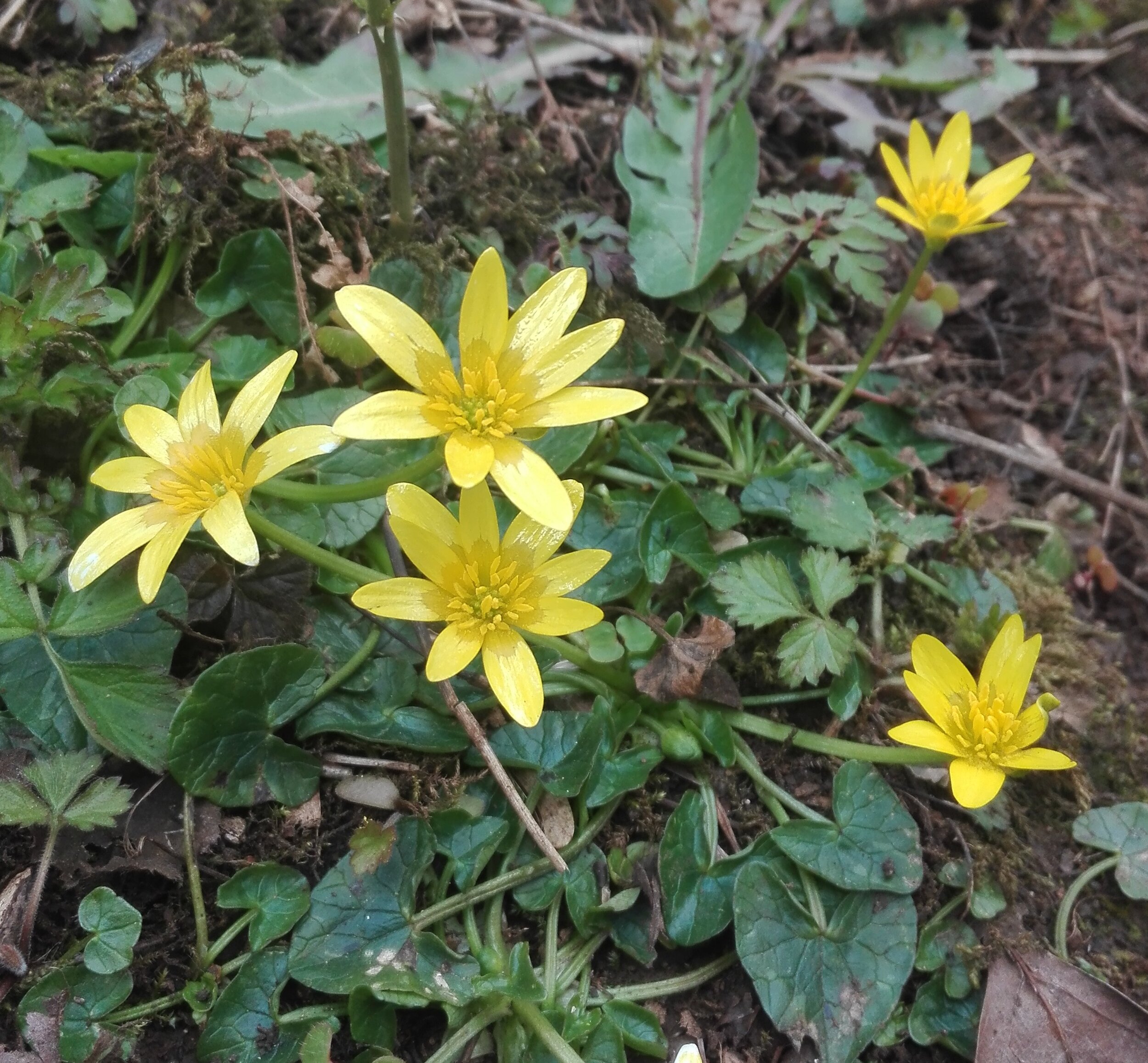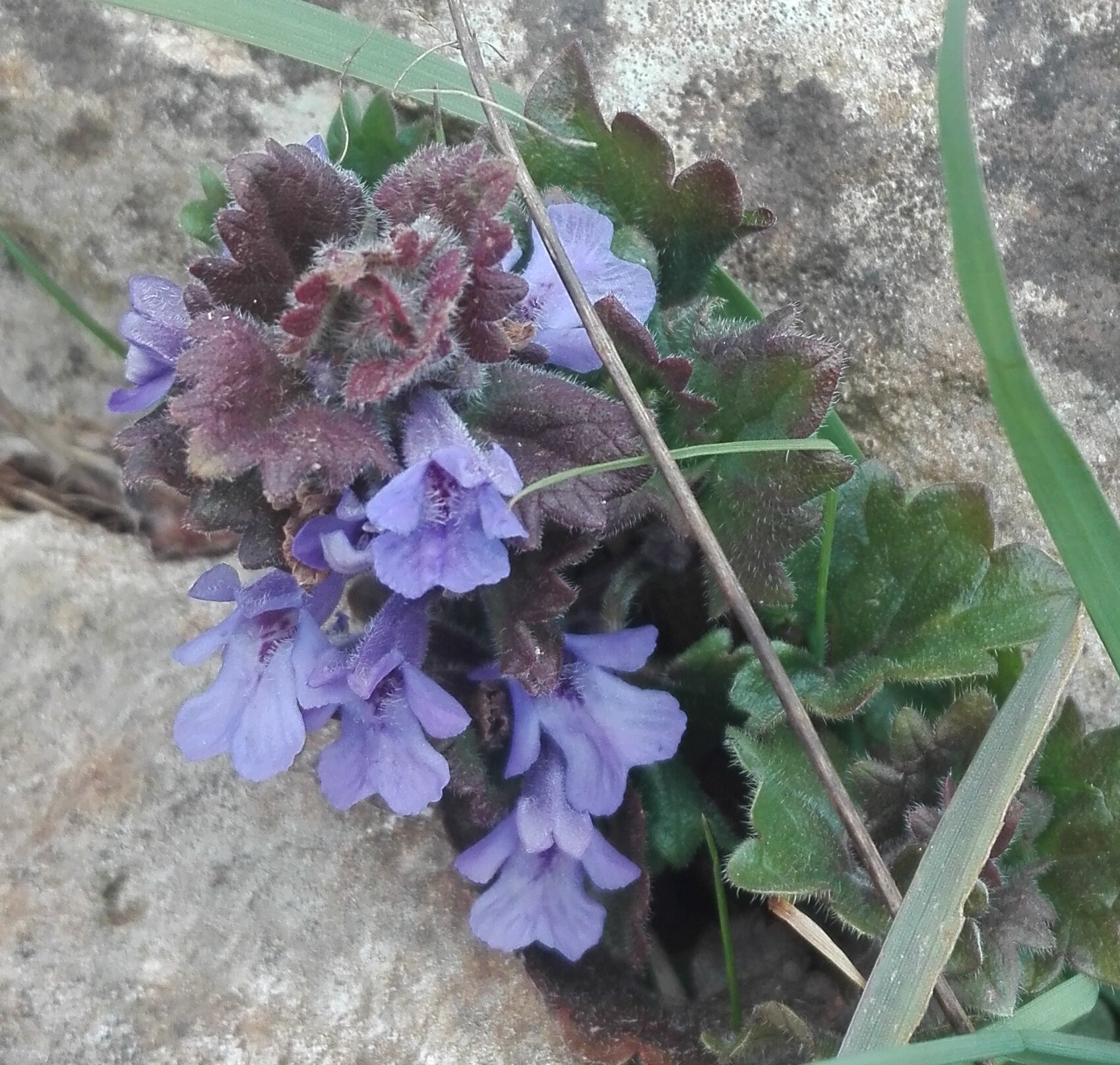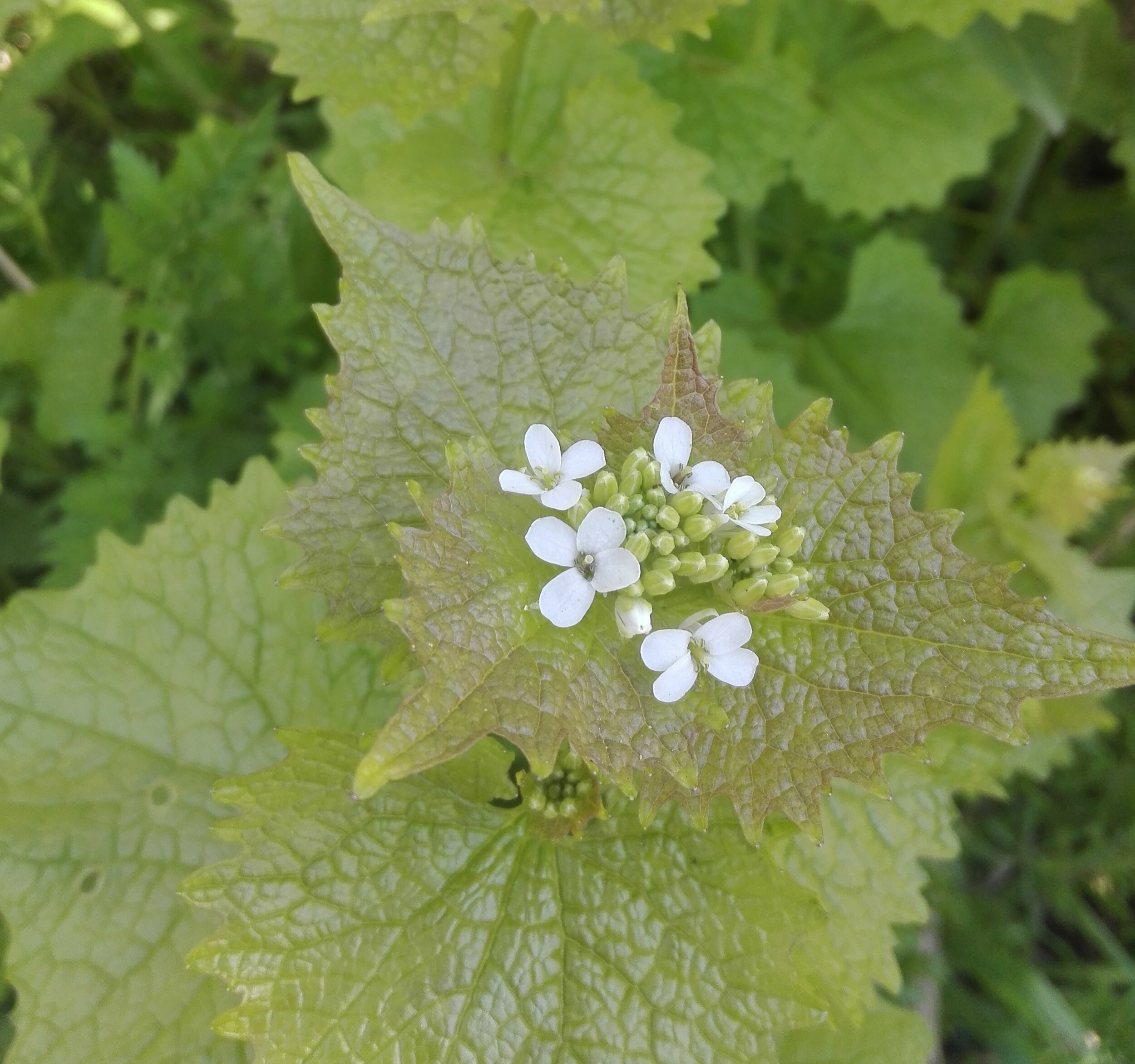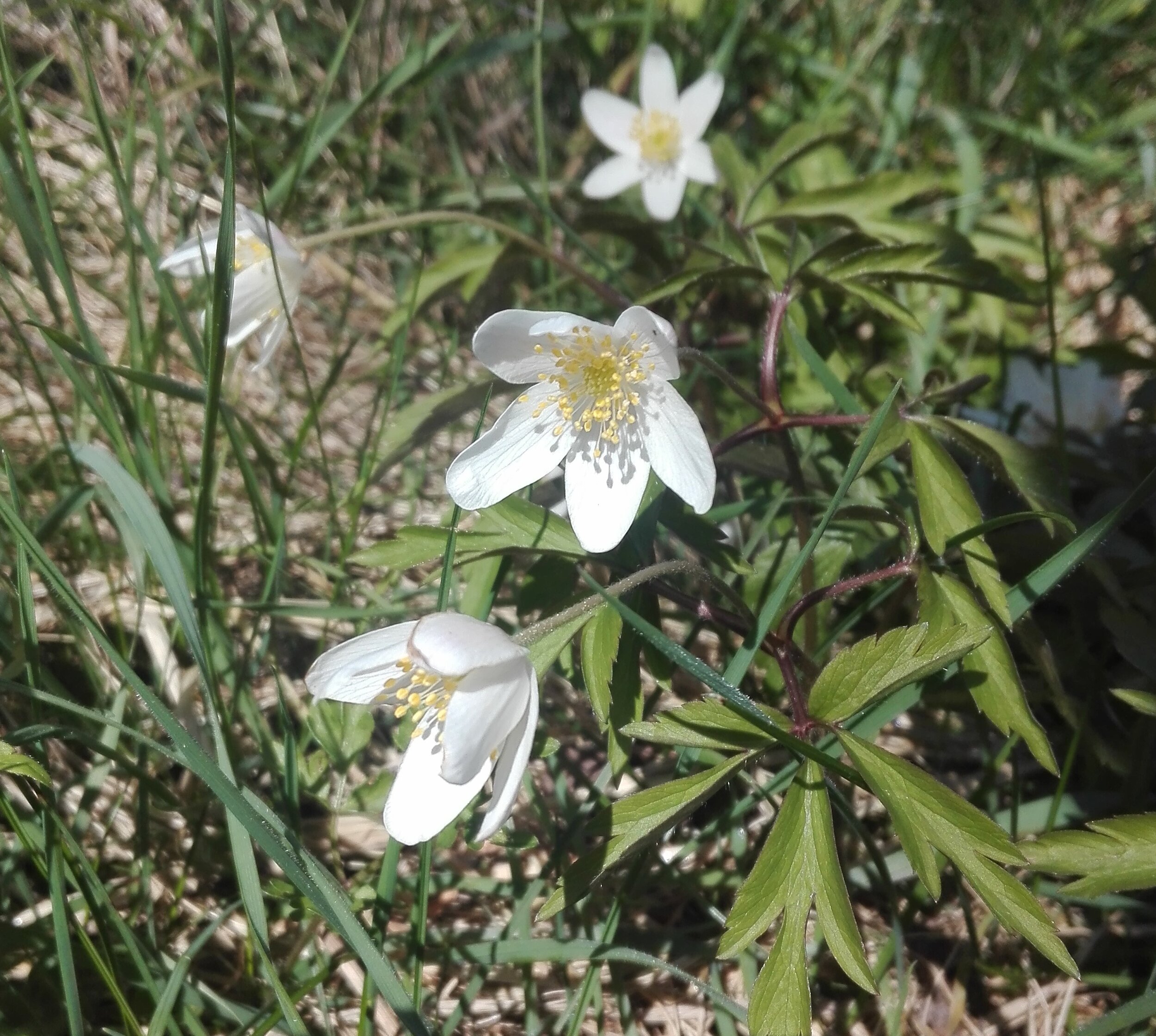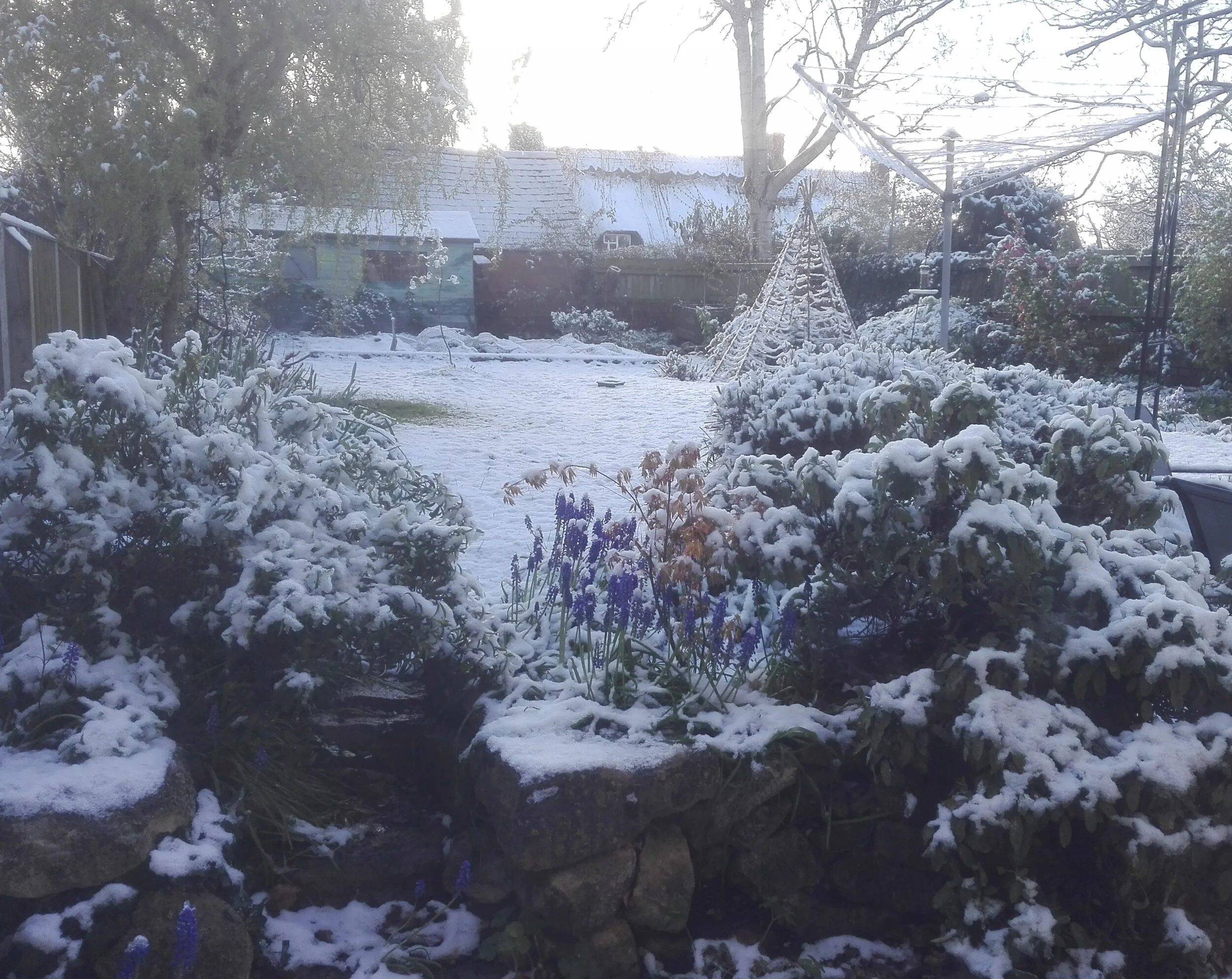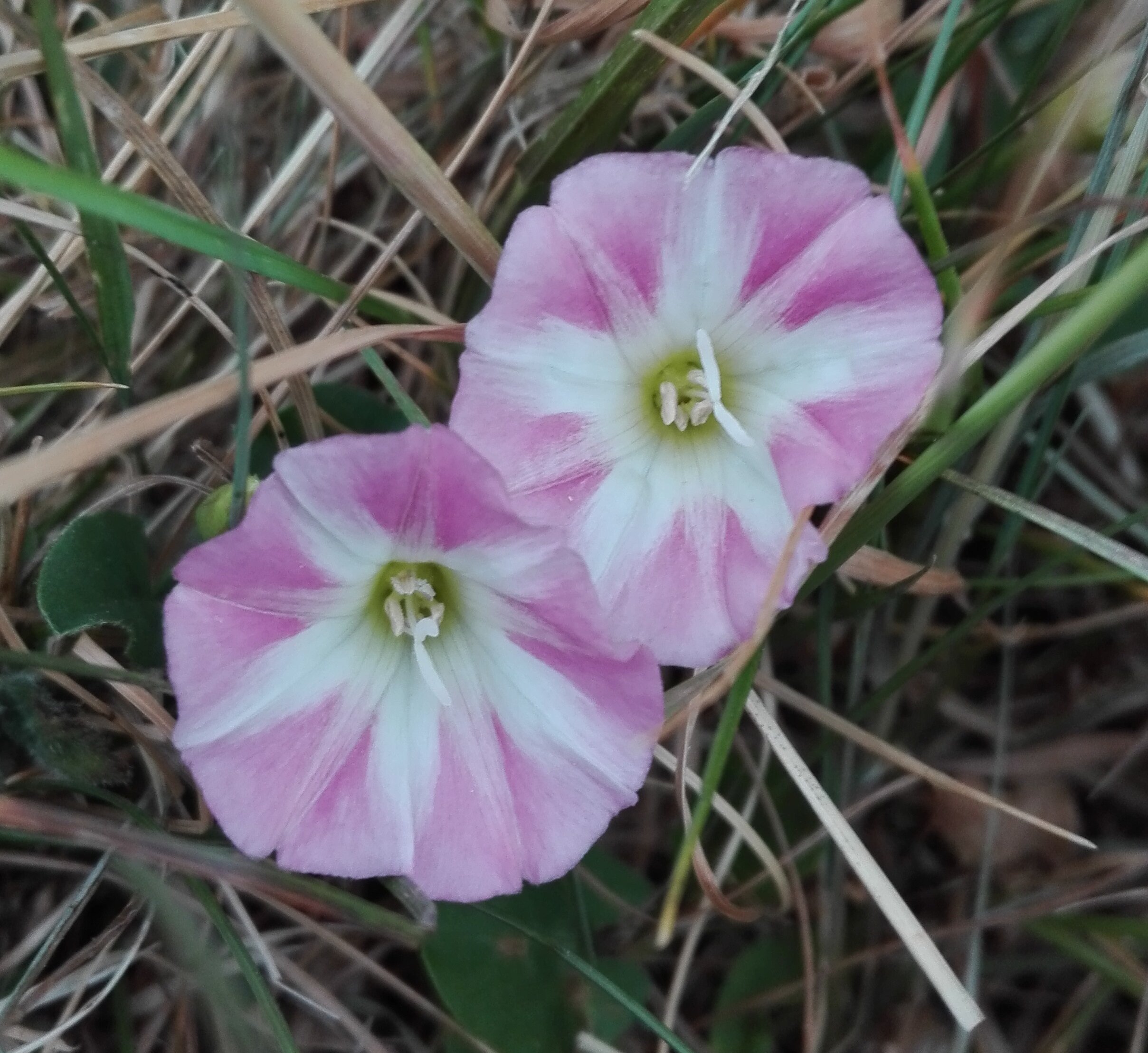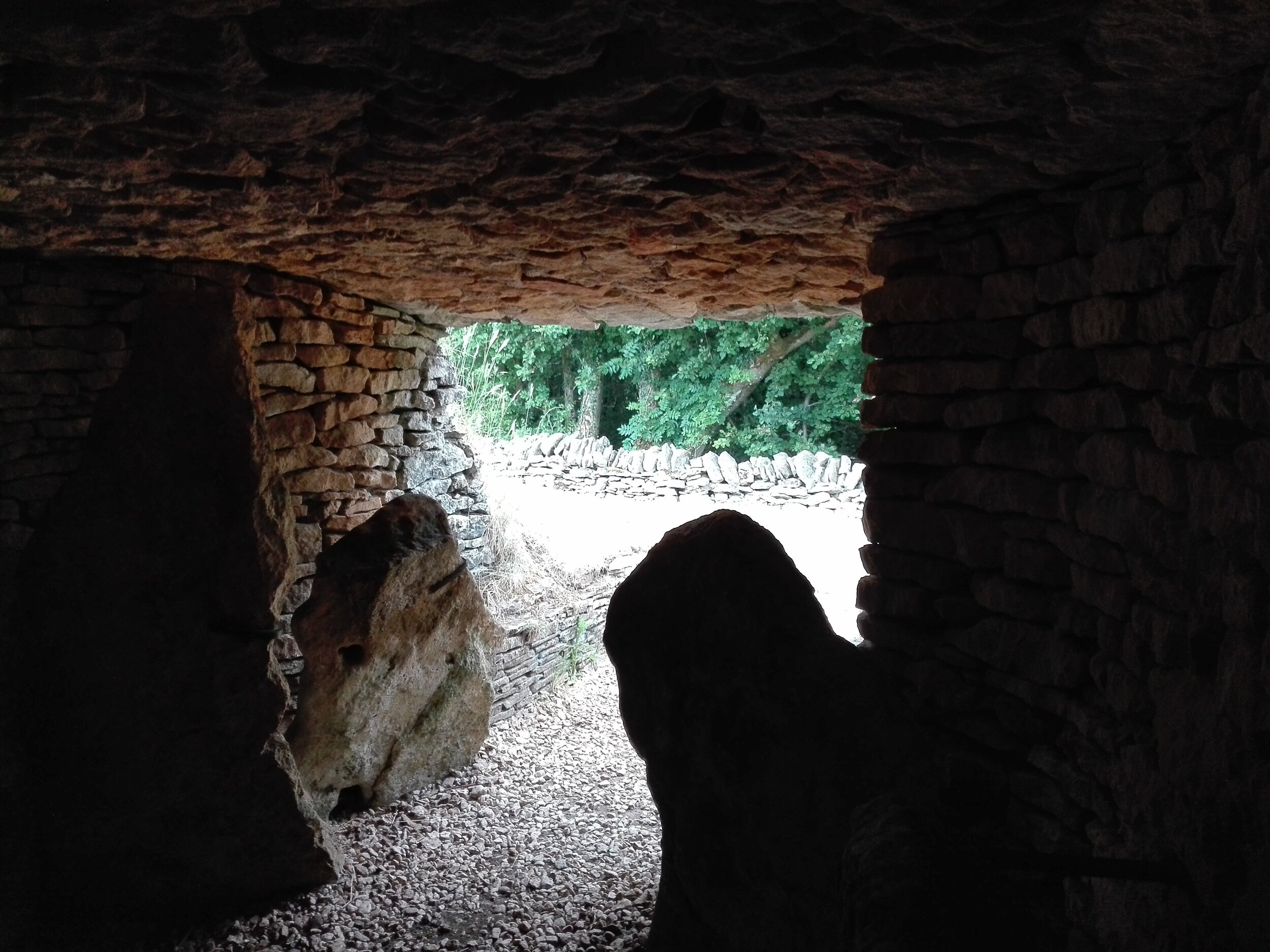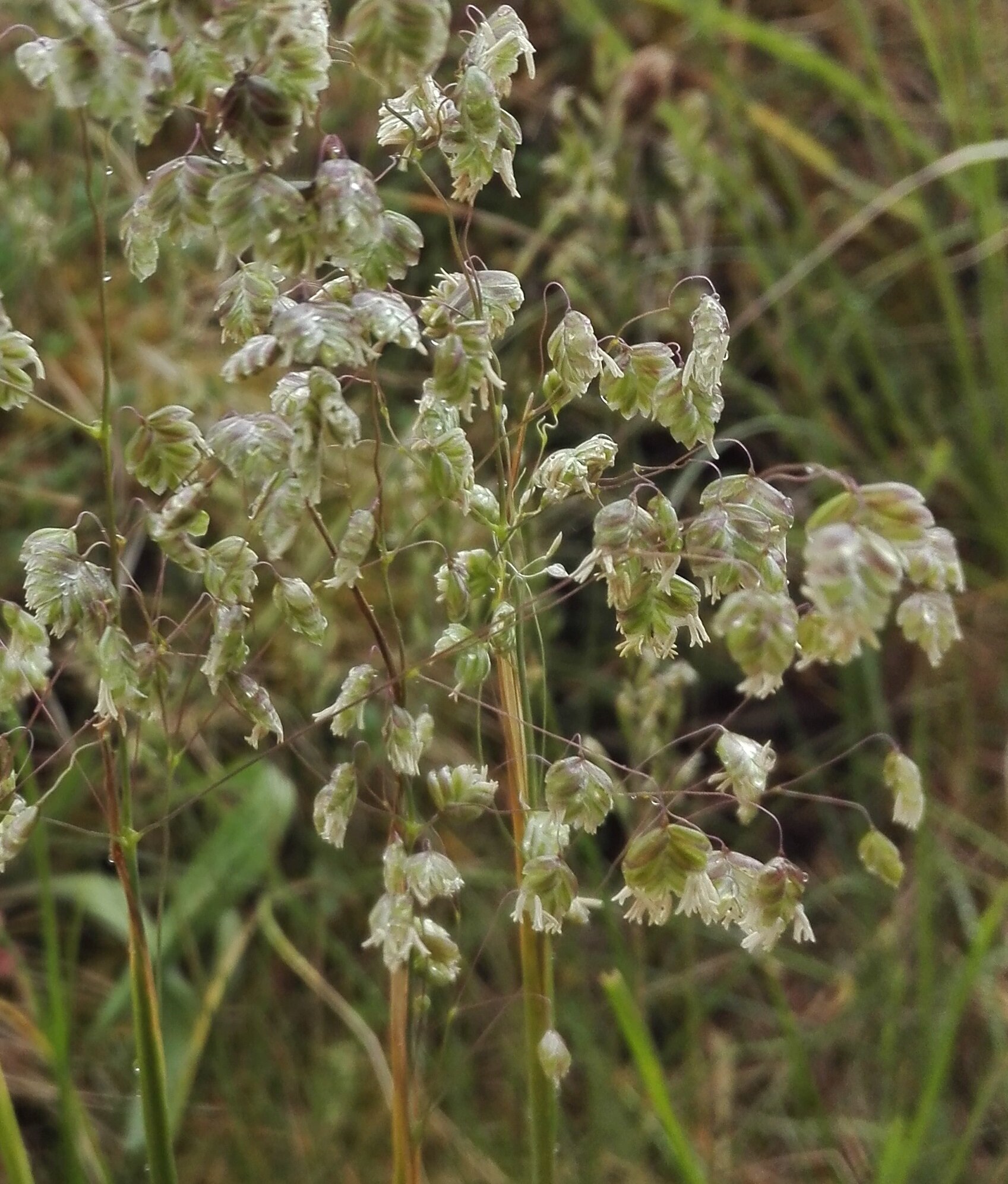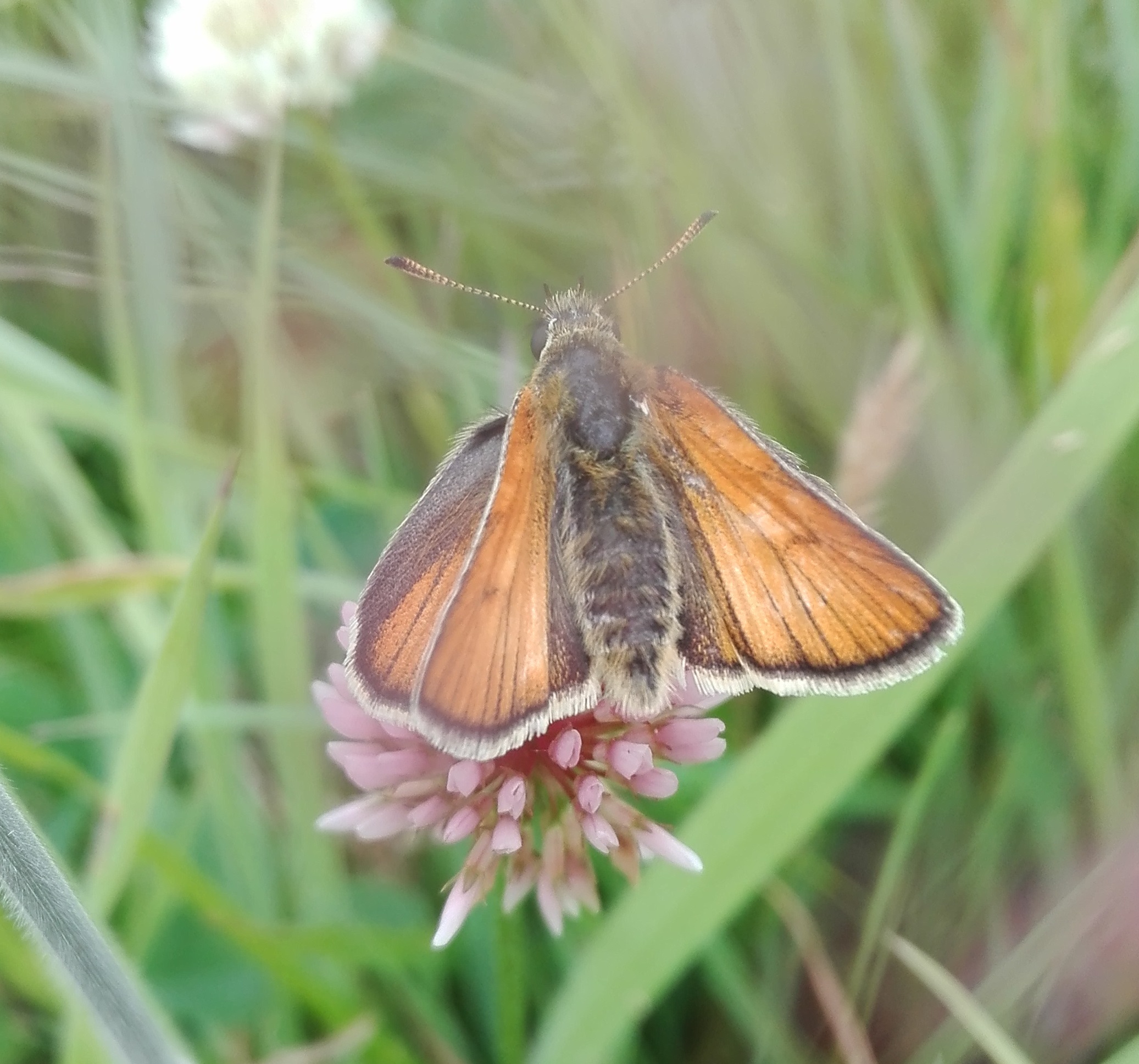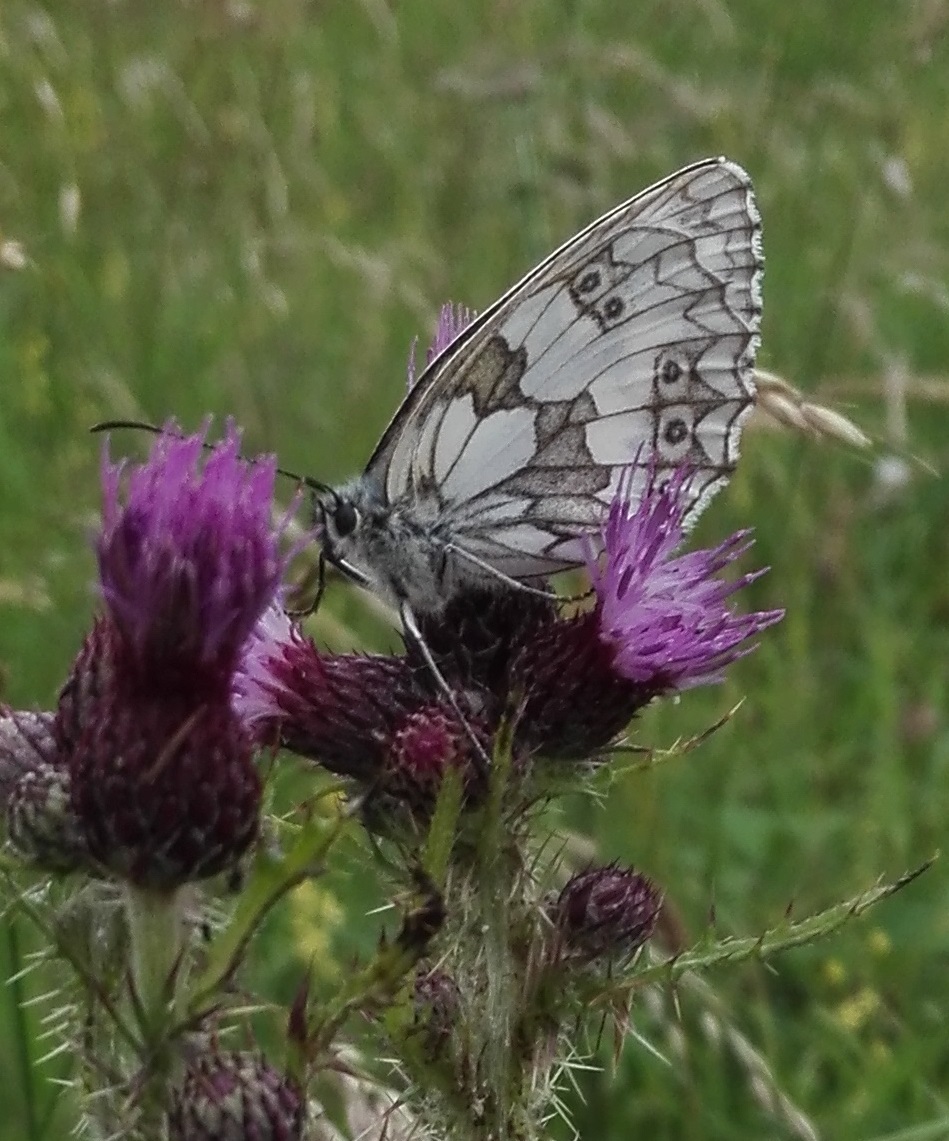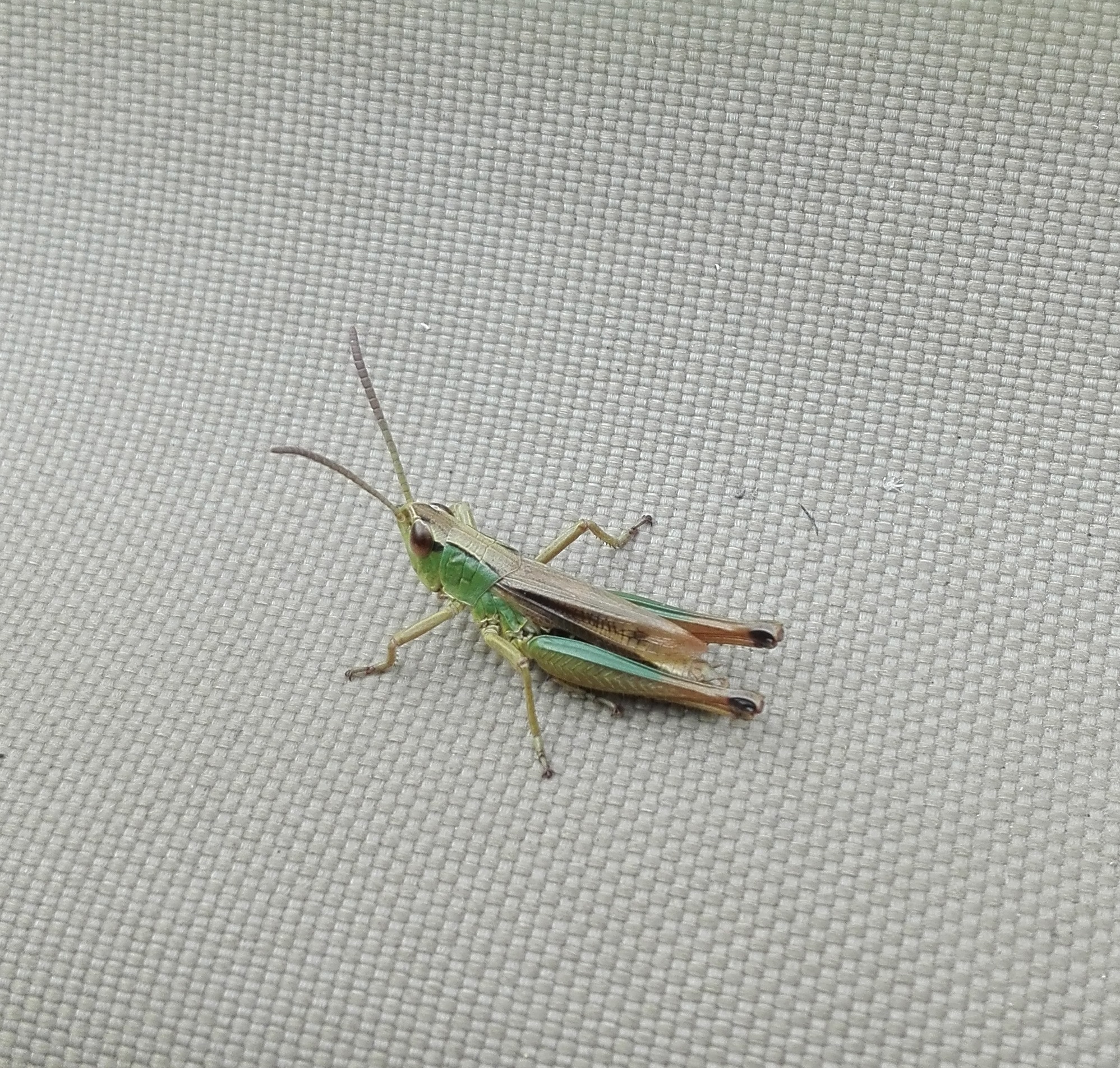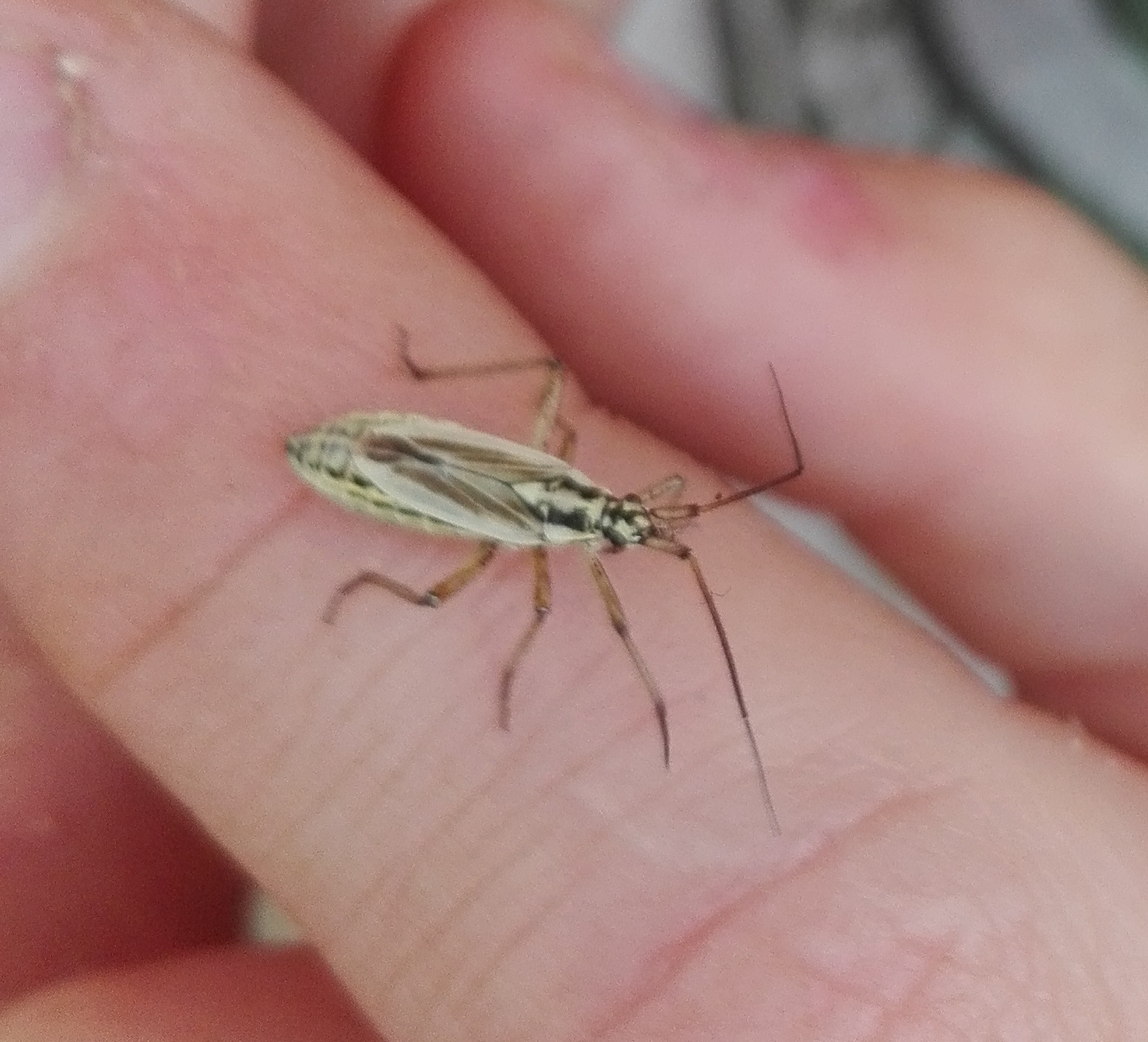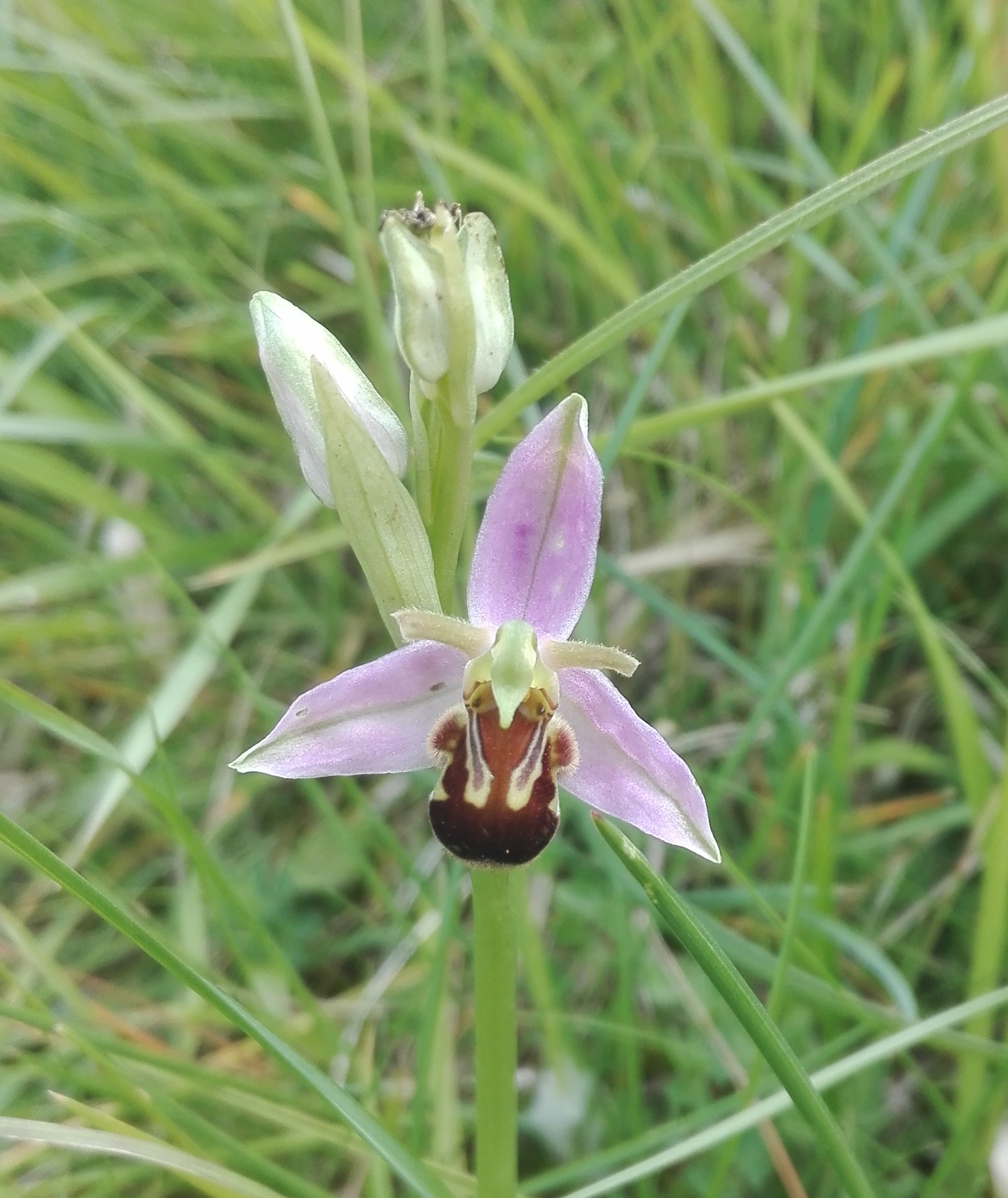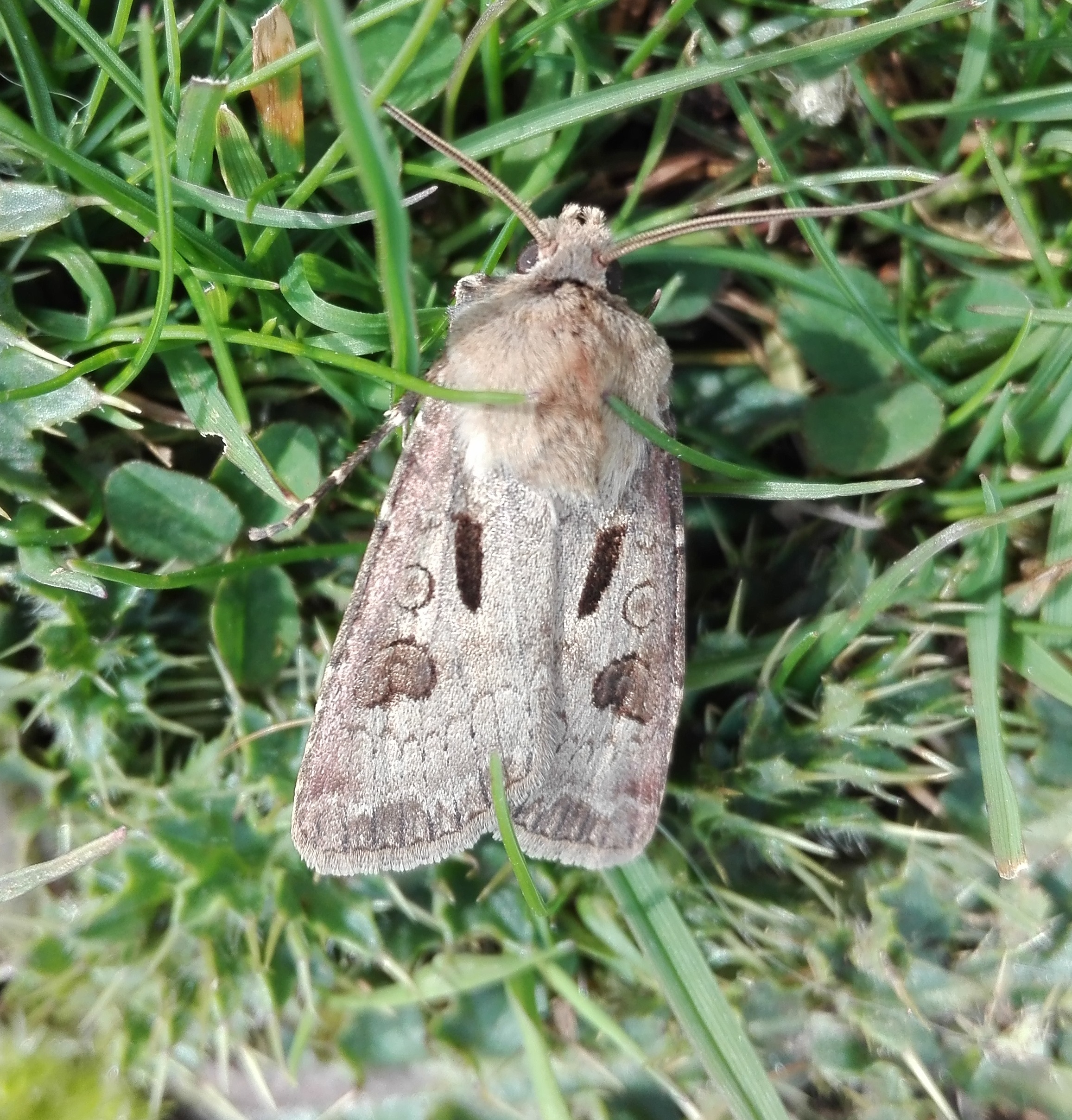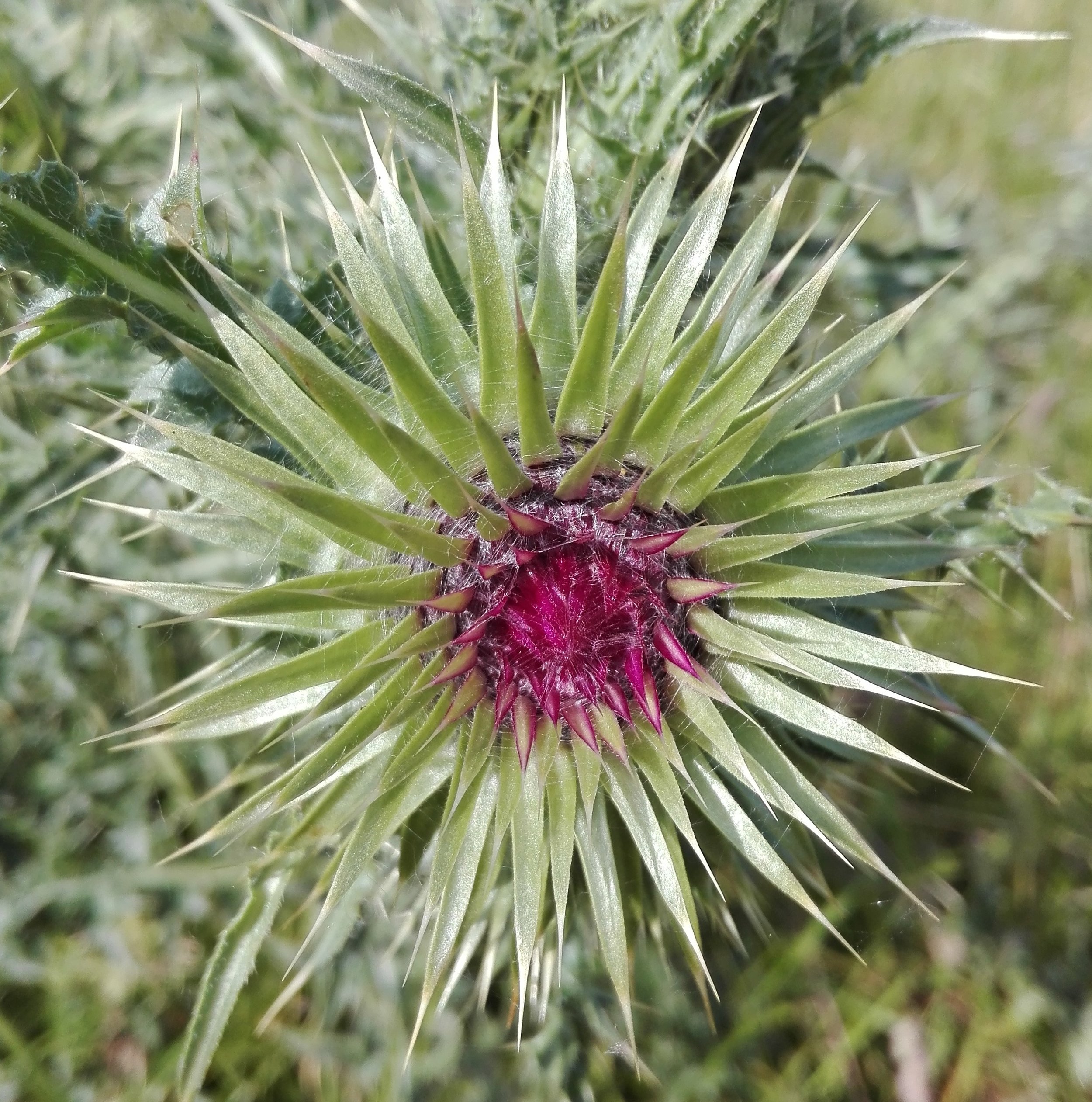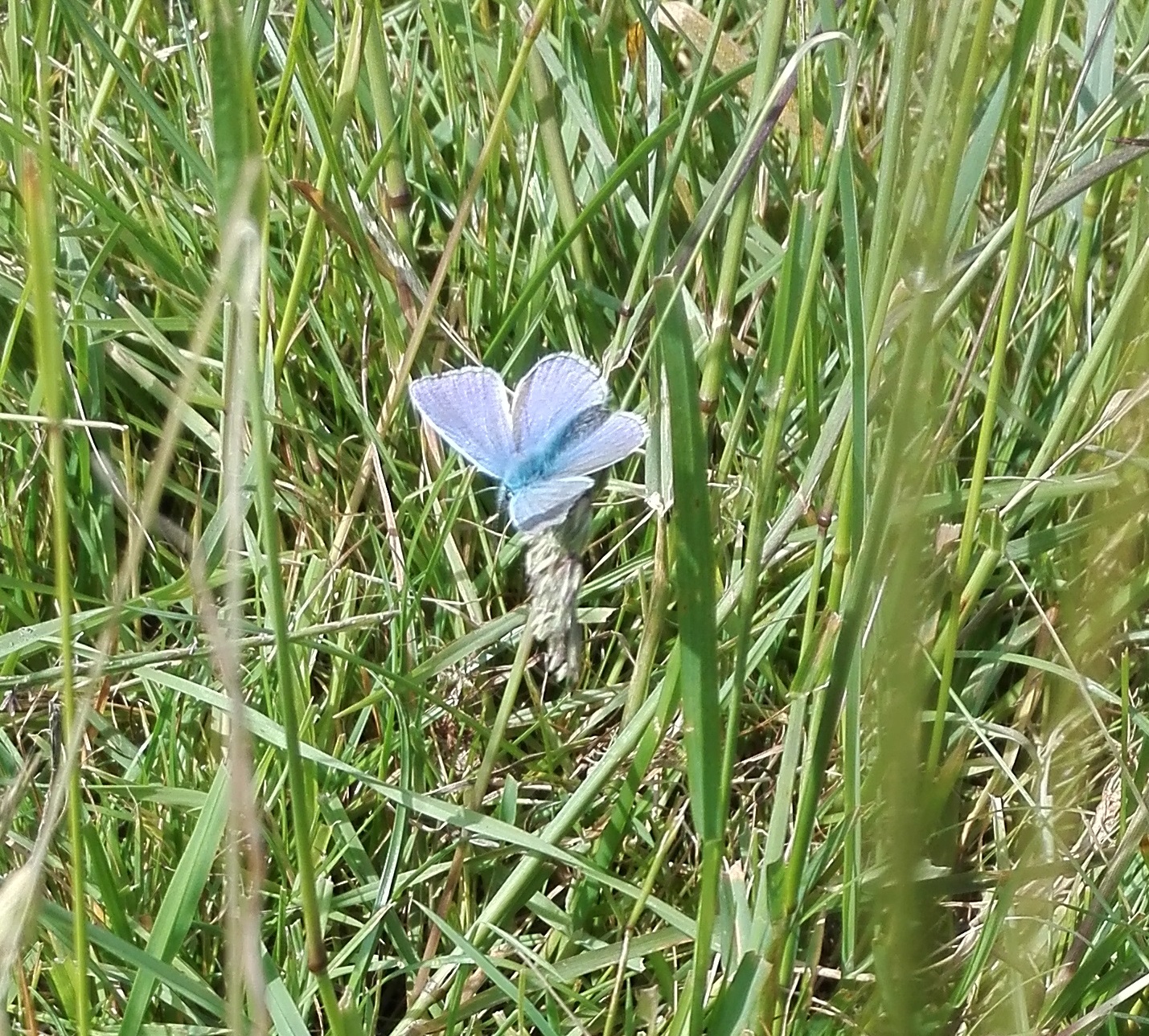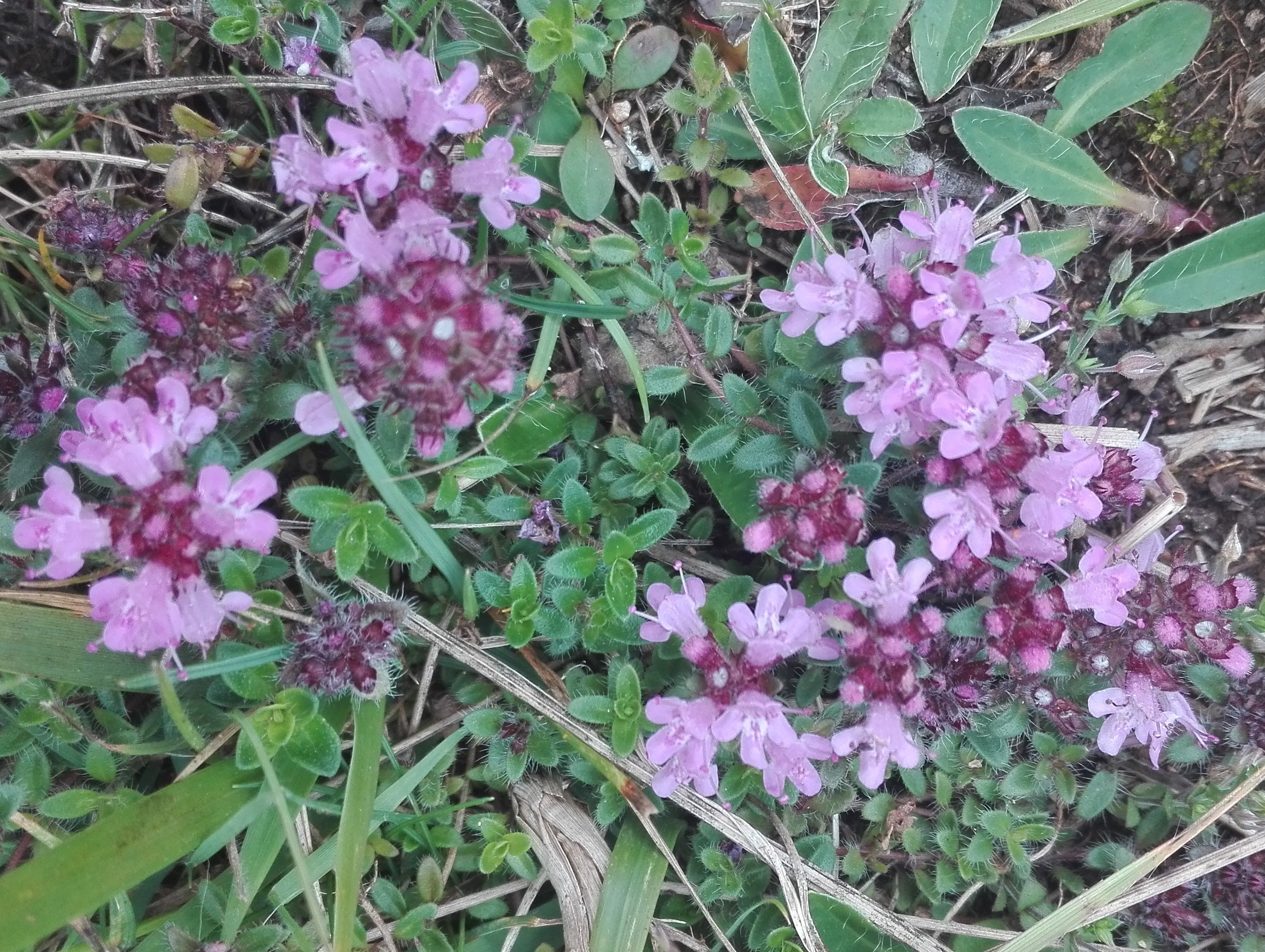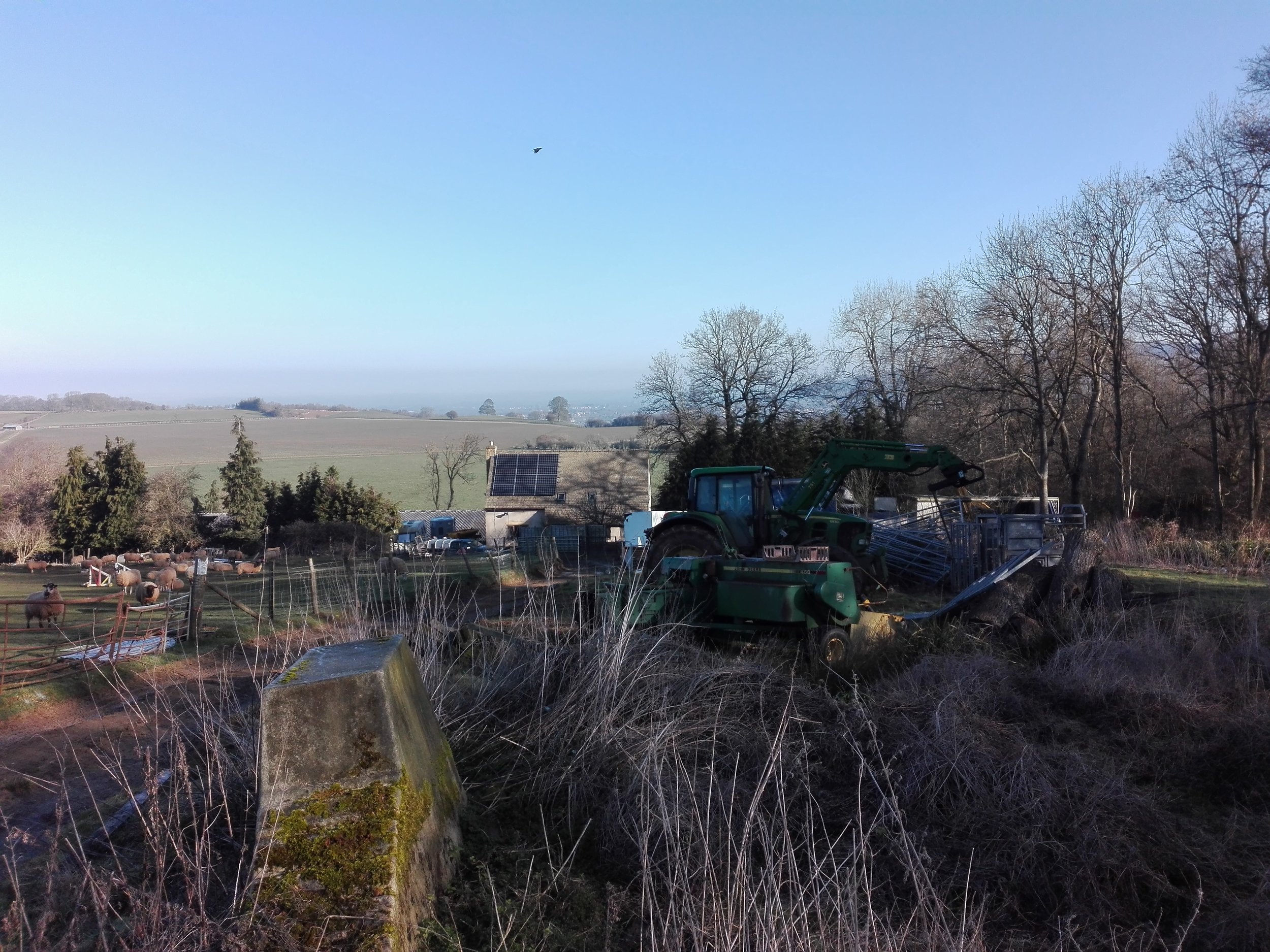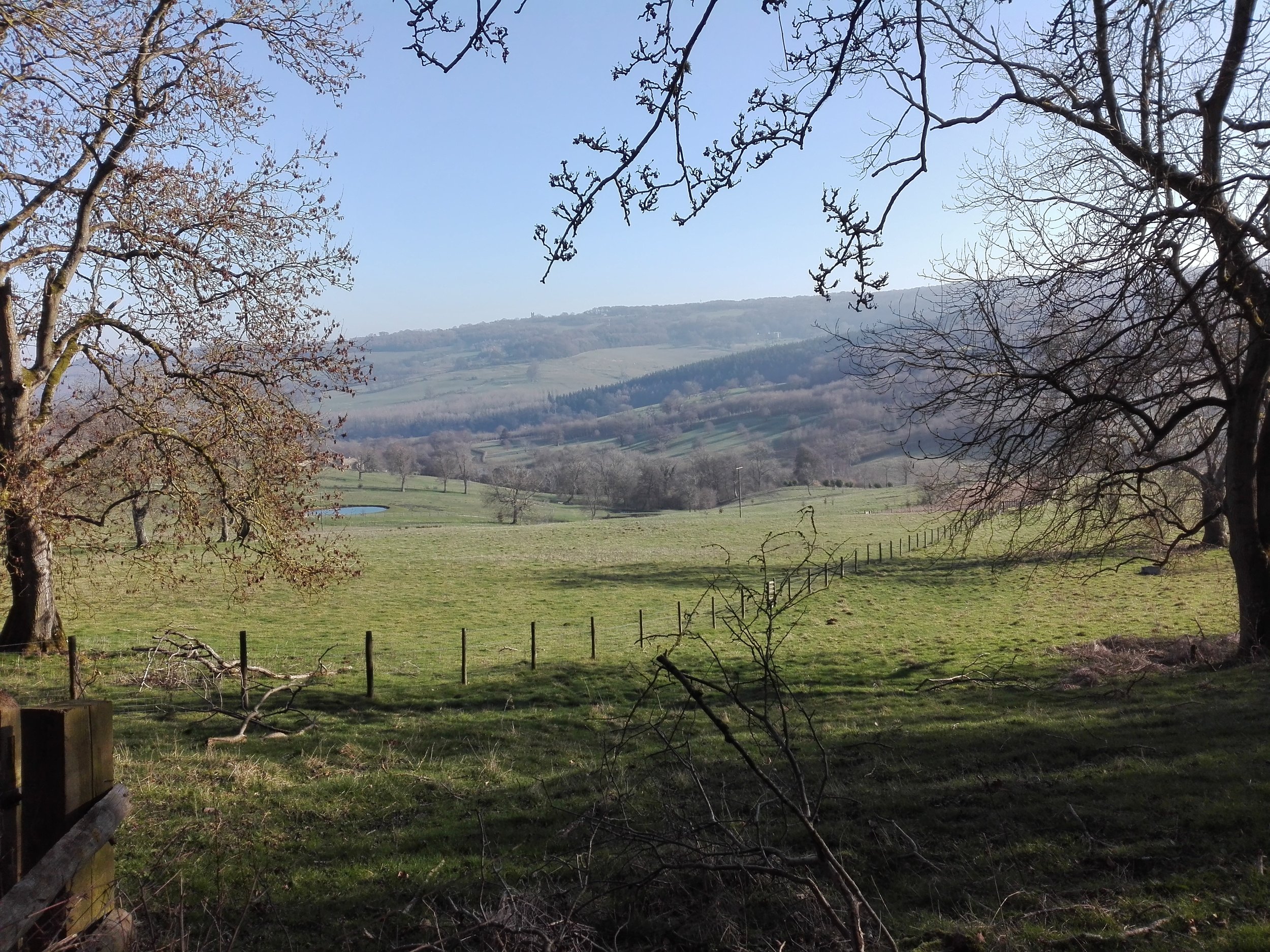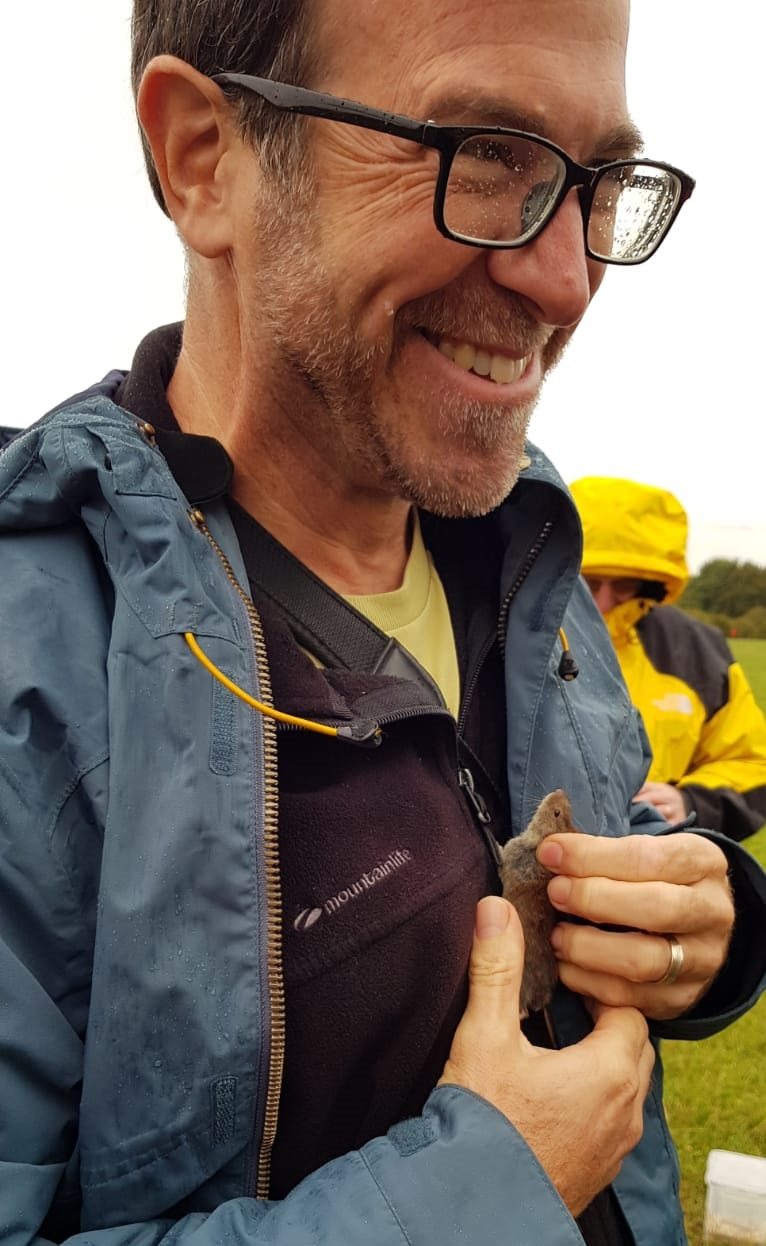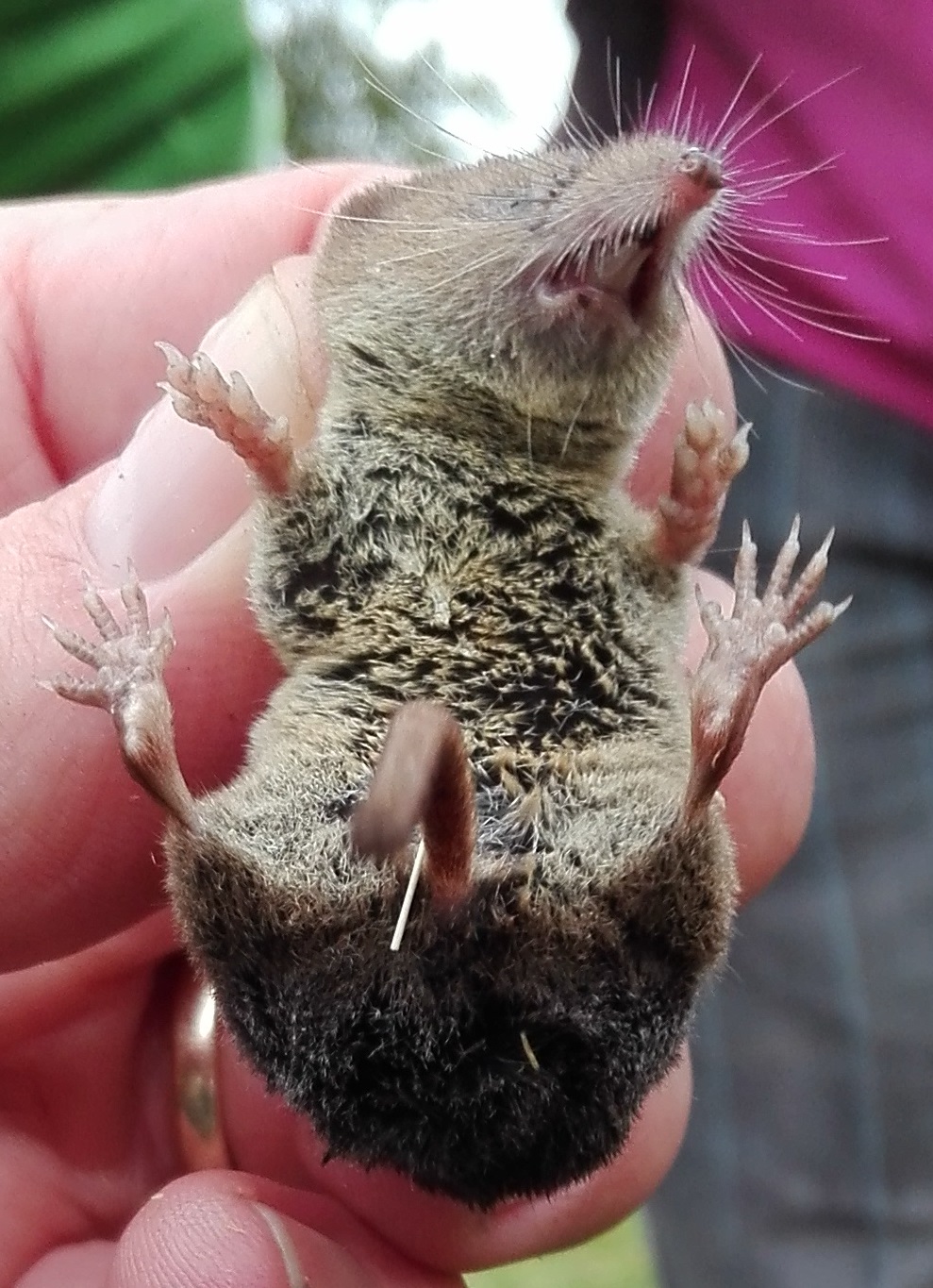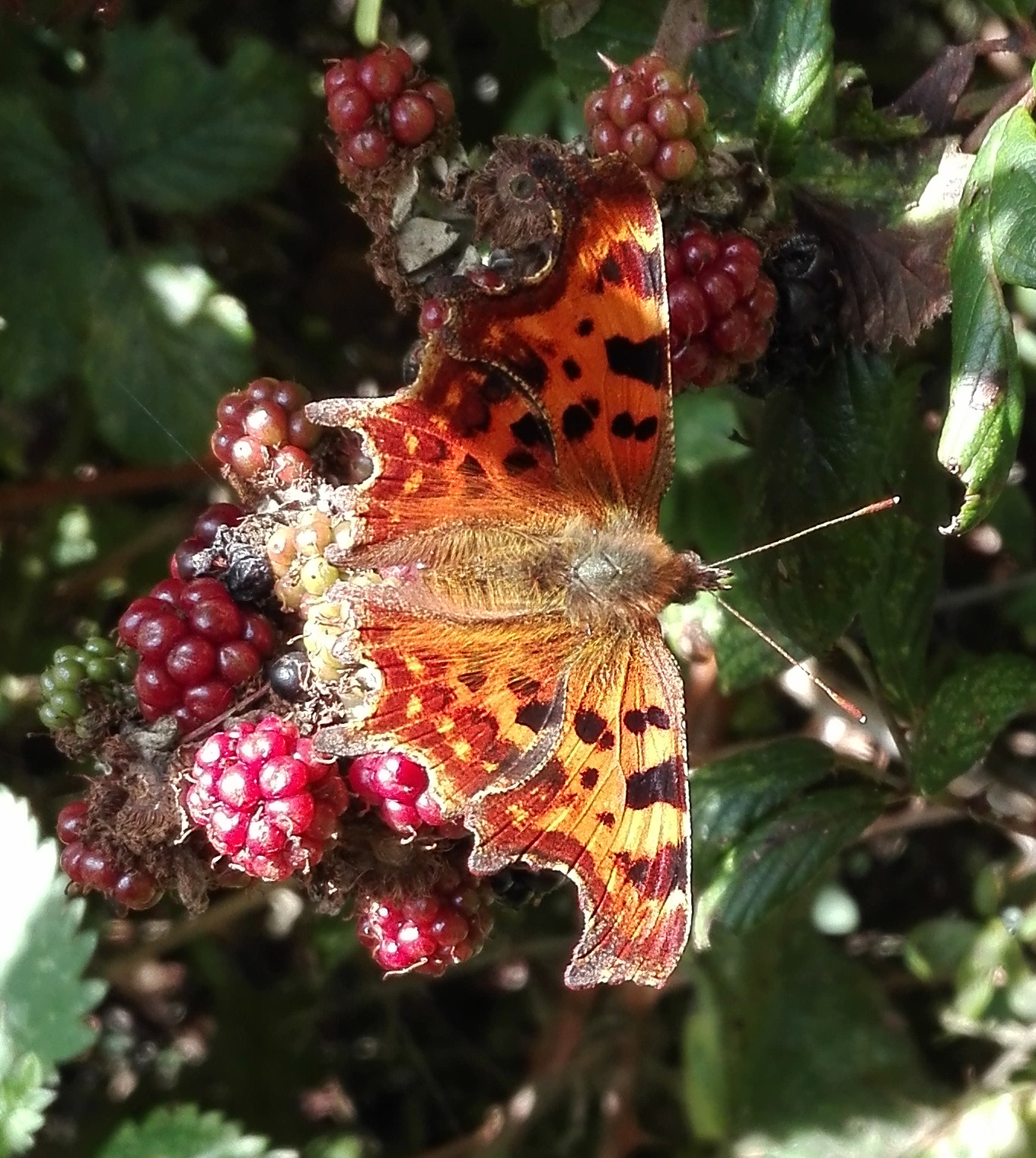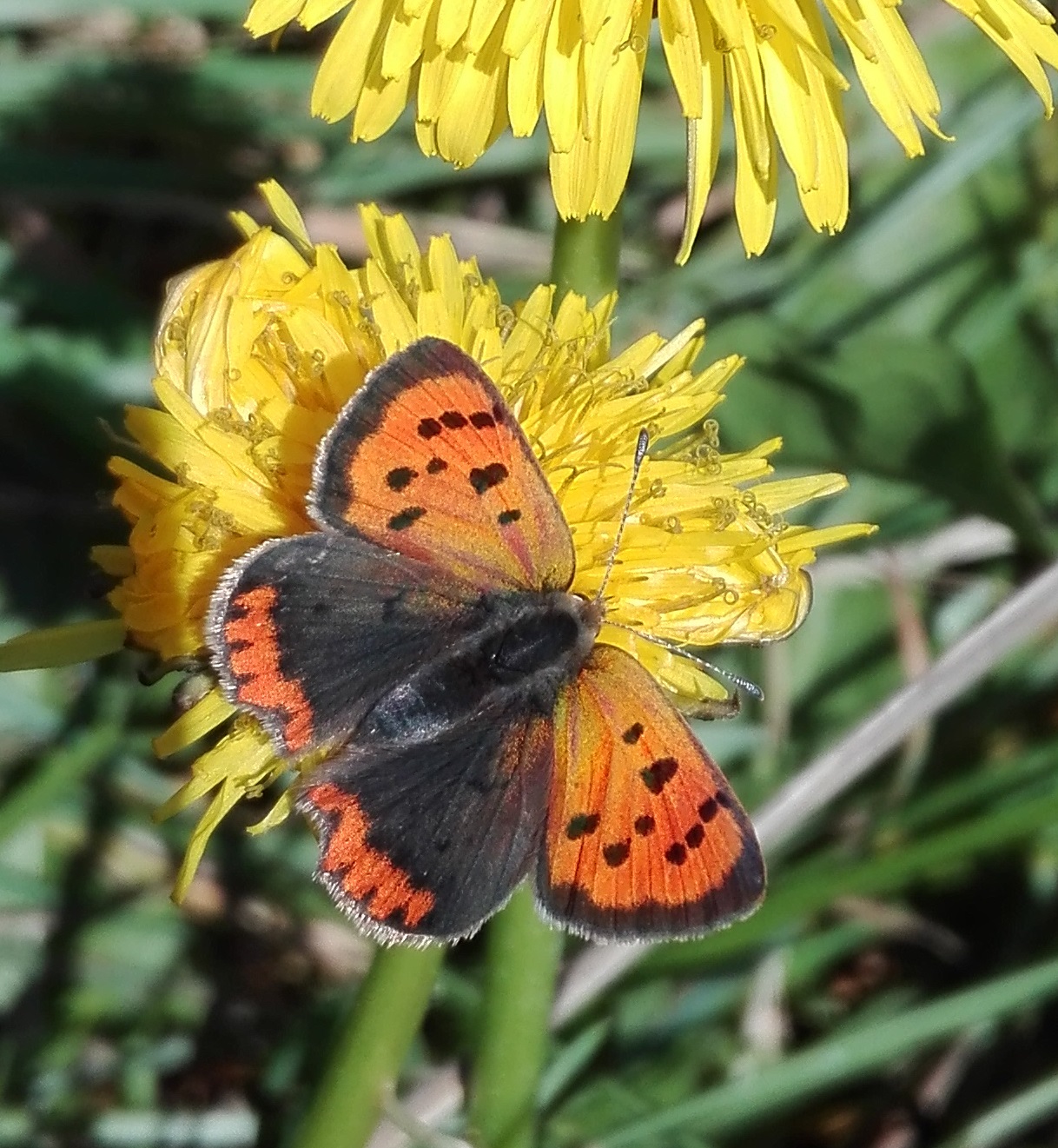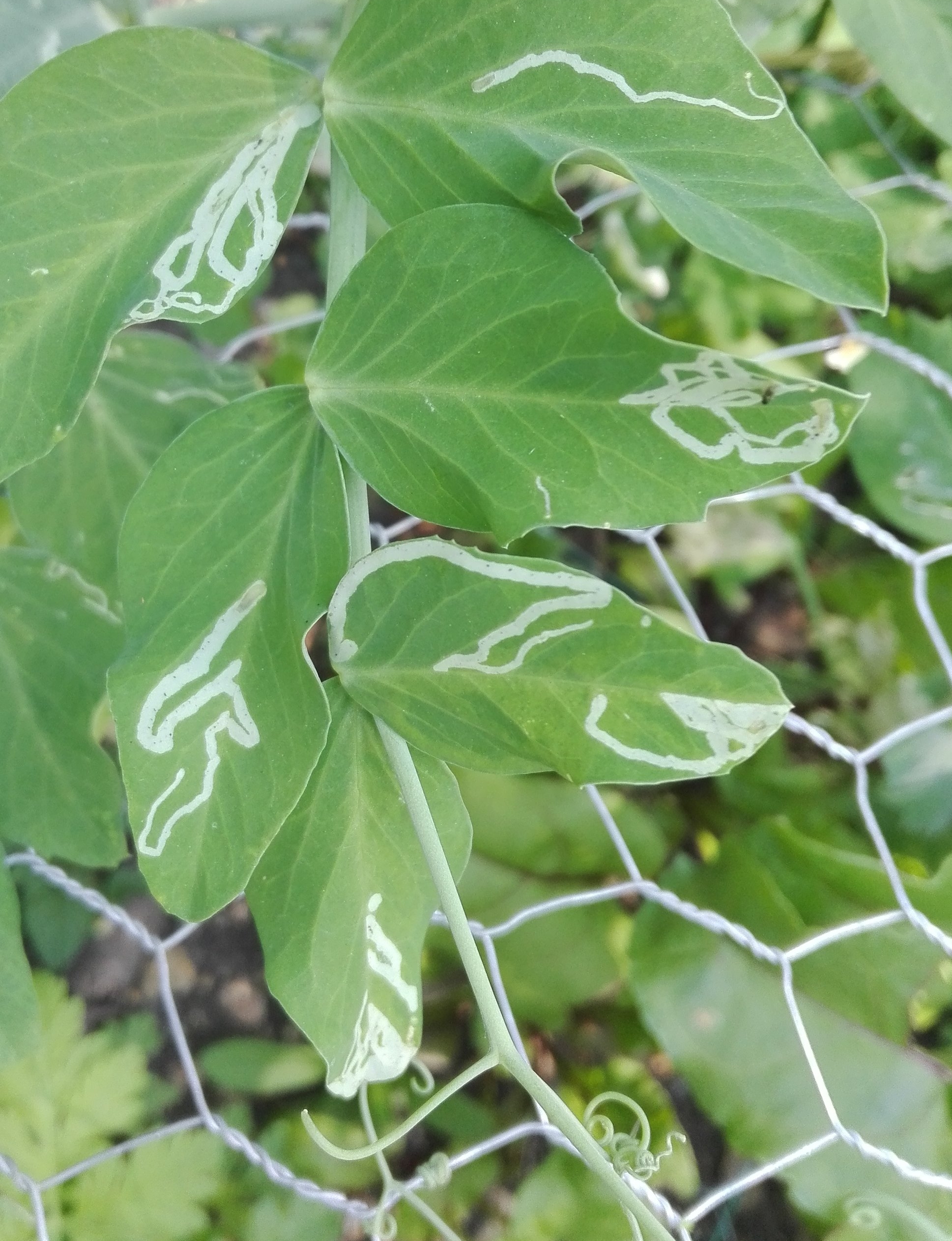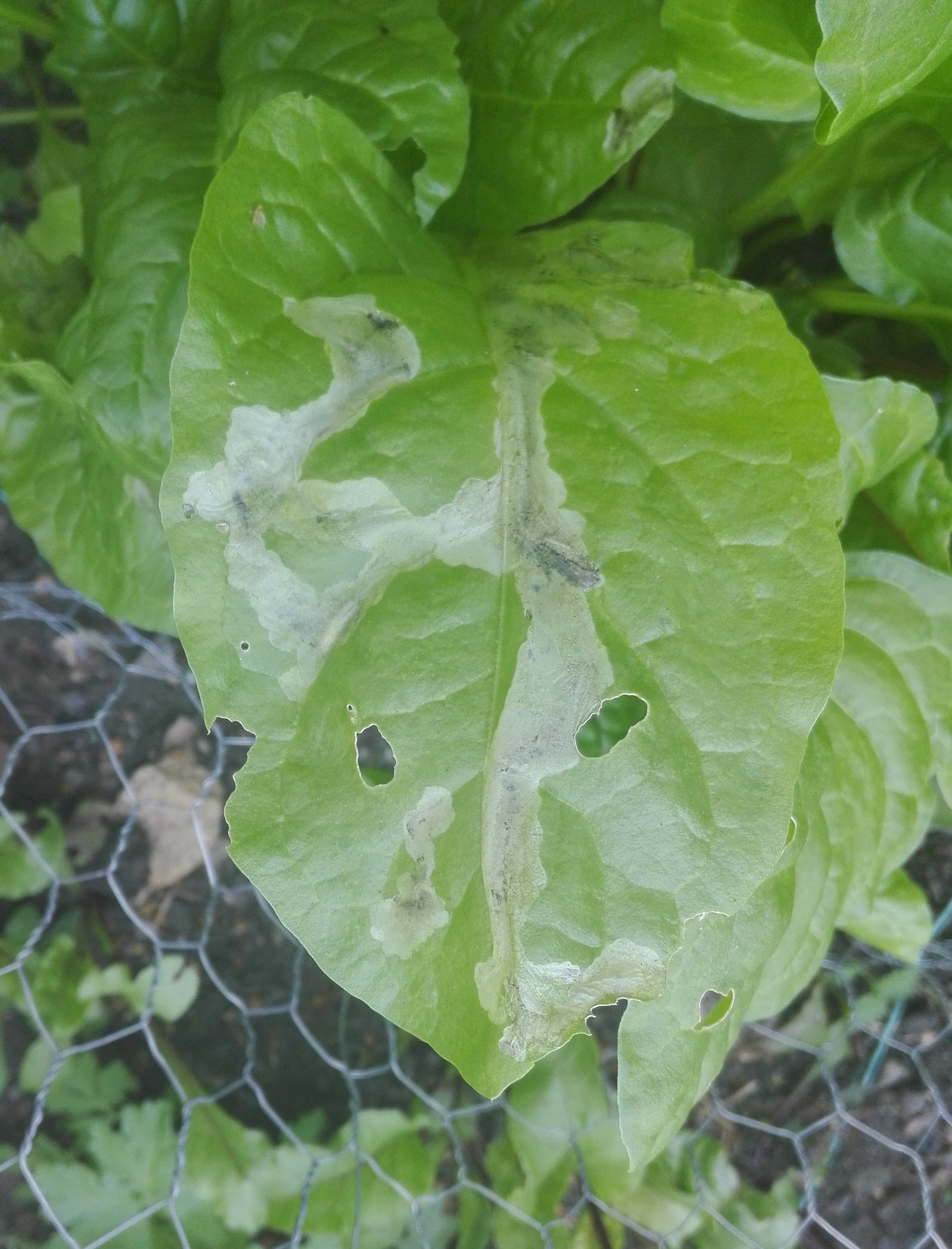Last weekend saw my final survey visit for the new BTO English Winter Bird Survey. This survey covers my regular Breeding Bird Survey (BBS) km square just outside Broadway, Worcestershire. Due to the recent warm weather it was more like an early Breeding Bird Survey, with resident birds like song thrush, robin, wren, chaffinch, linnet and skylarks singing everywhere. There were some winter redwings still around and a fly-over siskin, but due to the lack of leaves I saw more of the resident birds than I often do when I visit in April. Bullfinch, marsh tit and treecreeper are some of the less common residents on this square that were showing well. Lesser-spotted Woodpeckers are easiest seen at this time of year, but one seen calling and drumming on a dead tree is a rare sighting here or in indeed most other places in UK.
I liked doing the survey on my regular square and seeing different birds there, but doing the expected 4 visits was a problem as short winter days make it hard to do the survey around other weekend activities, especially in the pre-Christmas period. As it was I only managed the two visits in December and February, but I do think this was enough to accurately survey the wintering bird population on the site.

